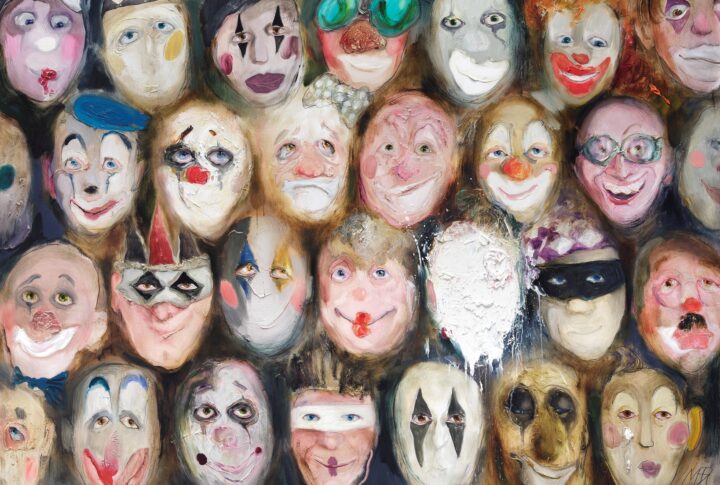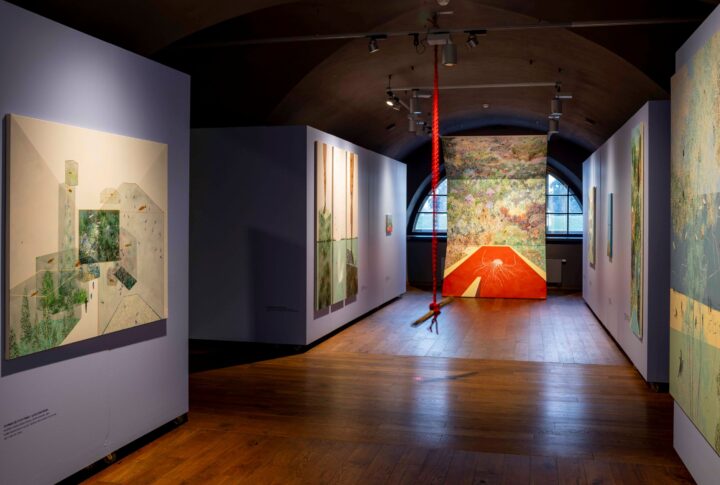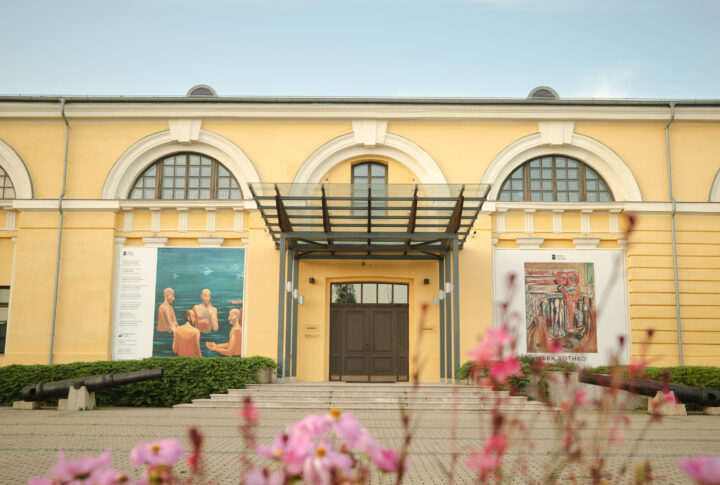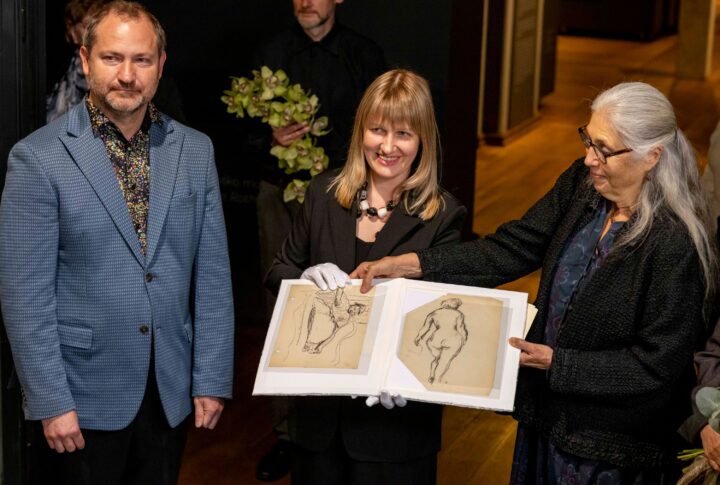Tensions and Transitions: Navigating the Boundaries of Being

Pashmin Art Consortia
“Tensions and Transitions” brings together Zhang Dawo, Peter Backhaus, Horst Wagner, Fant Wenger, Reinhard Hanke, Holger Dempwolff, Sonia Parchet, and Anna van den Hövel – eight artists whose works reflect the profound emotional, psychological, and spiritual transitions of human existence in a rapidly transforming world. Through a dynamic blend of abstraction, expressionism, and spirituality, the exhibition explores the boundaries between personal and collective identity, inviting viewers to engage with the complex nature of transformation.
At the heart of the exhibition lies the exploration of transformation and the tensions between the personal and universal. The artists rely on unique artistic lenses to reflect on the struggles of modern existence – alienation, the search for meaning, and the quest for connection. Zhang Dawo’s calligraphic abstraction, Parchet’s spiritual mandalas, and Backhaus’s archetypical expressionism are among the diverse approaches that guide this dialogue.
Zhang Dawo (1943 China – 2023 Australia) combines traditional Chinese calligraphy with abstract expressionism, using bold, fluid brushstrokes to evoke emotional transformation. His work, often monumental in scale, blends Eastern and Western influences and invites contemplation on the passage of time and personal change. Some of his selected works are in a permanent exhibition at the British Museum.
Peter Backhaus, a German-born Swedish artist, explores the depths of human experience through “archetypical expressionism”. His emotionally driven, raw approach to art mirrors his journey of personal transformation and healing, highlighting the psychological tensions and emotional release that define personal growth. Recognised internationally, he was awarded the Leonardo da Vinci Award in Milan (2023), highlighting his impact on contemporary art.
Fant Wenger (Switzerland) creates surreal landscapes that juxtapose natural and industrial elements. His use of colour and light reflects the tension between technology and nature, engaging with themes of alienation and energy flow, often evoking a sense of dissonance and connection. His work has earned international acclaim, including the 2020 Leonardo da Vinci Art Award “The Universal Artist” in Florence, Italy, solidifying his place in contemporary art.
Reinhard Hanke developed Structural Realism, bridging visual perception and the underlying structures of reality. His interdisciplinary work focuses on the human condition – pain, hope, and constraints – challenging viewers to critically reflect on the increasingly superficial world. Art was his vital communication and healing medium after a stroke impaired his speech.
Holger Dempwolff’s art resides in a “quiet interval” between observation and memory, where landscapes and figures dissolve into luminous stillness. His paintings use a visual language of restraint and meditative light, inspired by both northern and Mediterranean climates. He explores perception, using tenderly modulated colour and patient brushwork to create vast, balanced spaces that invite reflection on the border between seeing and being.
Sonia Parchet’s mandalas, including “Healing” and “Golden Age Web”, are representations of her spiritual growth. Through vibrant colours and gold leaf, Parchet’s intricate compositions embody the process of inner healing and balance, inviting viewers to reconnect with their soul and explore the universal energies that unite humanity.
Horst Wagner’s art captures emotional and societal transitions, focusing on the tension between personal isolation and dramatic societal change. Inspired by Romanticism, he juxtaposes lush landscapes with urban decay, inviting reflections on resilience and transformation amid social upheaval.
Anna van den Hövel’s abstract mixed-media works explore the themes of connection and disconnection. Her large-scale compositions provide a space for contemplation, reflecting the complexities of unity and fragmentation in a world defined by both connection and division.
Though their methods differ, these artists share a common exploration of the human condition, navigating the boundaries between the inner and outer worlds. “Tensions and Transitions” offers an immersive journey into the complexities of identity, transformation, and spiritual growth. As viewers engage with the works, they are encouraged to reflect on their own transitions and the boundaries that shape their existence.
Curated by Tatjana Černova (Rothko Museum) and Nour Nouri (Pashmin Art Consortia)
On view at the Rothko Museum from 5 December 2025 to 8 February 2026
Publicity image: Mr Smith Walking on the Seaground. Oil on canvas, 100 x 70 cm.







